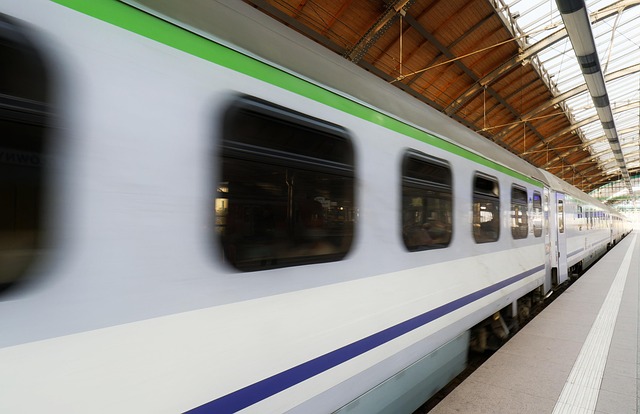Public transport plays a pivotal role in shaping the future of our cities and the health of our planet. As urban population continues to rise, the demand for efficient and sustainable modes of transportation is greater than ever. The reliance on personal vehicles exacerbates traffic congestion and contributes significantly to greenhouse gas emissions. By opting for public transport, we can reduce our carbon footprint and take a crucial step towards a more sustainable future.
The environment is closely intertwined with our transportation choices. Public transport systems, including buses, trains, and trams, are designed to move a larger number of people on a single vehicle. This efficiency drastically minimizes the emissions per person compared to individual cars. For instance, a full bus can replace over 30 single-occupancy vehicles on the road, reducing the overall number of cars in urban areas. The shift towards public transport is not just a trend; it’s a necessary movement to combat the increasingly dire effects of climate change.
Climate change presents one of the greatest challenges humanity faces today. Rising temperatures, erratic weather patterns, and natural disasters significantly impact our way of life. The transport sector is a major contributor to carbon emissions, with personal vehicles being a primary focus. By embracing public transport, individuals can collectively mitigate these harmful effects. Every passenger counts in this battle against climate change—a single bus transporting dozens of people to work is a small victory that contributes to the larger goal of emission reduction.
Moreover, public transport promotes greener cities. It encourages the development of compact, walkable communities where people can rely less on cars. This shift not only lowers emissions but also reduces the urban heat island effect, promotes better air quality, and enhances public health. When we integrate public transport into our daily lives, we’re investing in more than just a means to get from point A to point B; we’re investing in a healthier planet and a sustainable future for generations to come.
In light of these pressing environmental issues, governments and urban planners are increasingly prioritizing the development of public transport infrastructure. Investments in light rail systems, electric buses, and integrated transport networks are paving the way for a future where clean, accessible transportation is the norm rather than the exception. Communities around the world are witnessing the benefits of these systems, from decreased traffic congestion to improved public health outcomes.
As citizens, we have the power to influence change. By choosing public transport whenever possible, we demonstrate a commitment to environmental stewardship and a desire for cleaner air and sustainable urban living. Each bus, train, or tram we board is a statement that we care about our planet’s future. It can feel empowering to know that collective action, starting from our daily choices, can have profound effects on the environment and our climate.
In essence, making the shift to public transport is not merely about convenience; it’s about responsibility. Every time we step onto a bus or train, we are making a choice to reduce carbon emissions and fight against climate change. The ripple effect of choosing public transport will not only enhance our quality of life today but will also secure a healthier, cleaner planet for future generations. Let’s embrace the change and become advocates for a sustainable transport revolution, driving forward the necessary transition towards a greener world.



